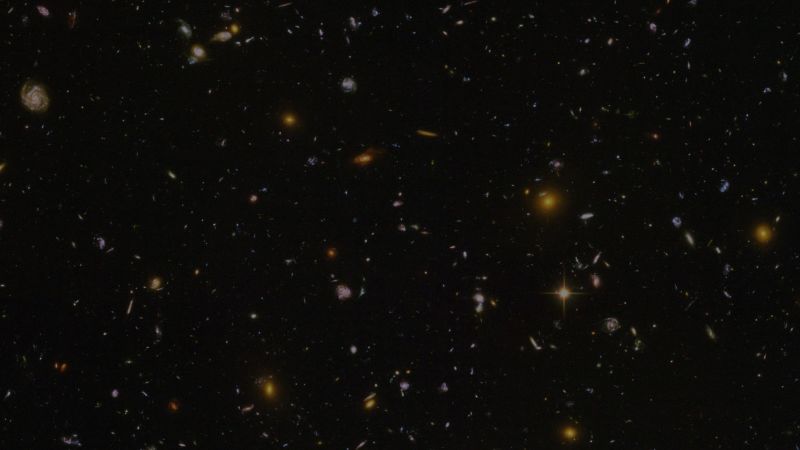Unveiling the Secrets of Venus through Revolutionary Space Missions
Venus, our closest planetary neighbor, has for years been shrouded in mystery. Amidst the swirling clouds of sulfuric acid, and beneath the thick, carbon-dioxide dense atmosphere, lies a landscape unlike anything here on Earth. Yet, despite its stark differences, Venus shares an uncanny similarity to our own planet. Both Venus and Earth are terrestrial planets, roughly identical in size, density, and bulk composition. They are both central characters in the Solar System’s narrative, situated nearly equidistant from the sun. Why then, isn’t Venus like Earth? This important question serves as a guiding force behind a new space mission.
Venus, despite sharing Earth’s physical characteristics, took an entirely different evolutionary path. Earth teems with life thanks to the delicate equilibrium of conditions – the presence of liquid water, a stable climate, and a protective magnetic field. Conversely, Venus is a hostile, seemingly lifeless world with scorching temperatures and intense volcanic activity. The drastic contrast between these neighboring planets propels the quest to explore Venus more deeply.
NASA’s new missions, DAVINCI+ (Deep Atmosphere Venus Investigation of Noble gases, Chemistry, and Imaging) and VERITAS (Venus Emissivity, Radio Science, InSAR Topography, and Spectroscopy) have been conceived with this objective in focus. These mission endeavors take the fundamental responsibility of understanding the divergent paths of Venus and Earth’s evolution, specifically exploring Venus’s atmospheric and geological history.
DAVINCI+ is expected to plummet through Venus’s inhospitable atmosphere, collecting critical data along its descent. From its unique noble gases to the chemical composition, the information is expected to give a firsthand insight into why Venus developed such a thick, noxious, and greenhouse-effect dominated atmosphere. One particular goal is to find out if Venus ever harbored an ocean, a query that could further demystify the planet’s potential for life.
On the other hand, VERITAS aspires to thoroughly scrutinize Venus’s geological surface. Equipped with a Synthetic Aperture Radar, VERITAS aims to map the Venusian topography, gleaning insights into its geological structures, volcanic activity, and surface deformation. In doing so, the mission seeks to investigate the absence of plate tectonics on Venus – a fundamental feature determining Earth’s habitability.
The joint objective of these missions is vital to our understanding of terrestrial planets’ formation and evolution. Unveiling the secrets of Venus could indeed provide key information about the commonalities and differences between Earth and its neighbor. Moreover, these insights might aid in discerning the evolutionary trajectory of other similar-sized planets in the galaxy, thereby widening the scopes of exoplanet study.
Understanding the atmospheric and geological history of Venus can help scientists unravel the mystery of why the planet’s conditions are so different from those on Earth. Identifying whether Venus had water or if it can have life could lead not only to an improved understanding of its evolution but also our planet’s.
By investigating Venus and comparing it to Earth, both missions offer a unique opportunity to shed light on the factors that maintain the conditions necessary for life. The exploration of Venus’s diverging trajectory from Earth’s is pivotal for enhancing our grasp on planet habitability, the possibility of extraterrestrial life, and the fundamental processes shaping planetary systems.
In conclusion, the new missions represent an exciting step forward in our quest to understand Venus’s unique characteristics and divergent evolution from Earth. The results of these investigations will vastly broaden our understanding of the universe and uncover the factors necessary for life, potentially altering our perception of planetary habitability and the existence of life beyond Earth.




